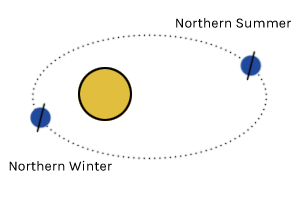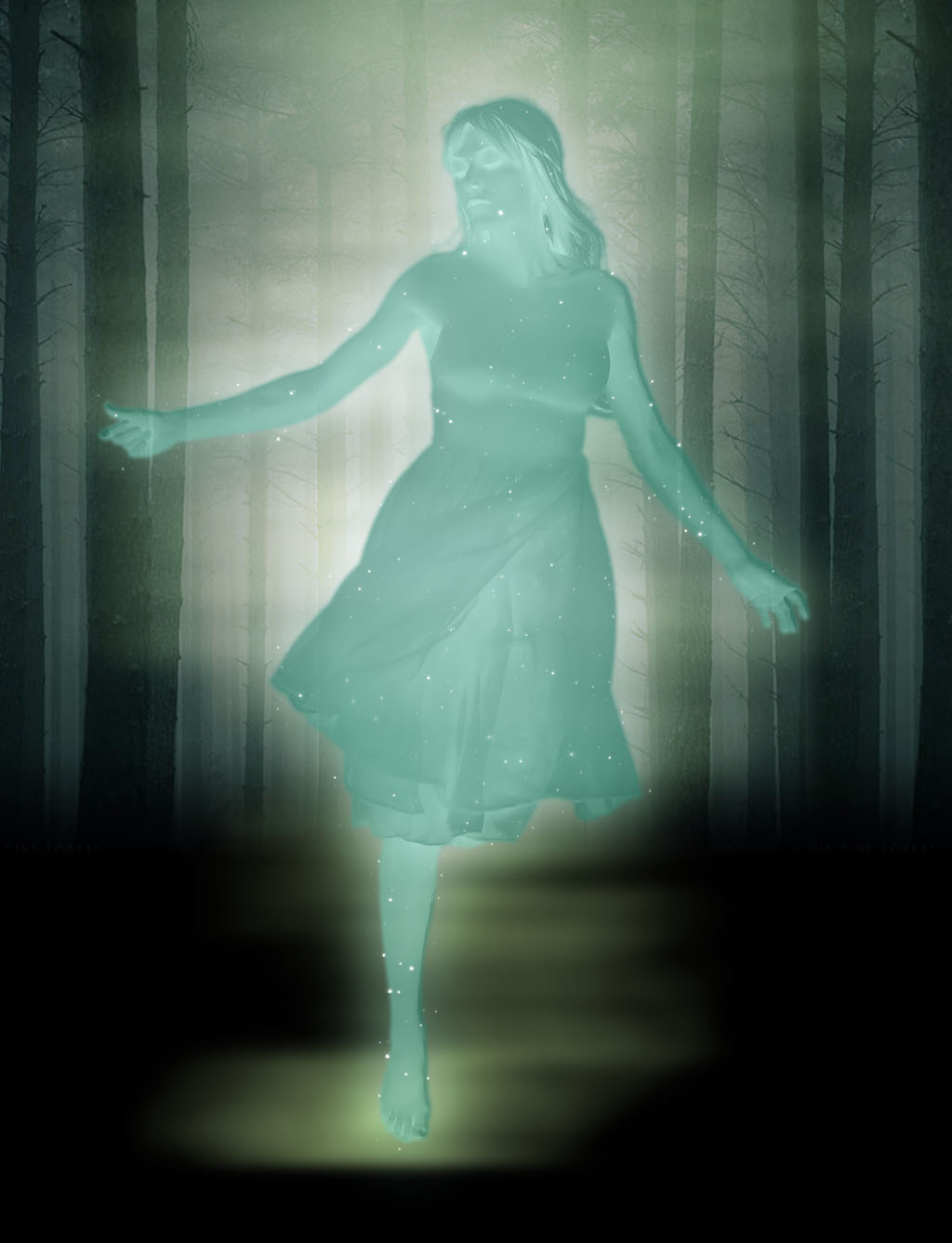Introduction to Flightless
Humans need fantasy to be human. To be the place where the falling angel meets the rising ape.
This is a world of stories. Some are historical facts, others are ancient legends. The stories we share shape us and mould our culture. 'Flightless' is a world defined by the stories its people tell.
Welcome to the world of Flightless
It doesn't have a name. Rather, it has many names from many languages, all of them as relevant as any other. It's very similar to Earth, with a few key differences.Seasons
The world has an elliptical orbit around its sun that causes seasons to be uneven lengths. The northern hemisphere has long, mild summers and a short, cool winter while the south has a long, frigid winters and a short, intense summer.Birds
There are no flying birds. To the people in this world, 'bird' means a large, feathered biped as capable of flight as humans are. There used to be flying birds a long time ago, but they vanished along with the flying people. In the ensuing thousands of years, bats have evolved to fill most of the ecological niches. Bats are a common sight during both day and night and fulfill many of the romantic ideas about flight and freedom that Earth humans have for birds.Cats and Dogs
Tragically, domesticated dogs also vanished thousands of years ago. Attempts to domesticate wolves for a second time have been futile. Instead many species of cat have been domesticated. Domesticated tigers, lions, and leopards, and other big cats are common. They are slightly smaller and less fierce than their wild brethren on Earth, but fulfill many of the guarding and hunting companion roles dogs have on Earth.Prehistoric Wildlife
A lot of the animals found in this world existed at some point on Earth. The only rule is that there are no non-avian dinosaurs and no pterosaurs. You may see animals living together here that in reality lived millions of years apart and on different continents. I know. Think of them as fantasy animals heavily based on the real thing.Quick Orientation
While Flightless is made up of dozens of stories happening all over the world, it has one dominant narrative: the mystery of the Spirits, the World's Heart, and the Reckonings. The Reckonings are a series of 4 global cataclysms, spaced several thousand years apart. After each Reckoning, some significant change occurs in the world.- The first one saw the loss of winged humans and flying birds (Hence the name Flightless)
- The second one caused domesticated dogs to turn on their masters and eventually turn into the malevolent Dire Wolves
- The third one led to the appearance of shadowy, cannibalistic creatures that lurk in dark woods known as Strangers
- The fourth one led to the appearance of sea monsters known as leviathans (the monsters in question are recognizable from Earth as various plesiosaurs, mosasaurs, megalodons, etc).
The "present" of the world is set about 450 years after the Fourth Reckoning.
Spirits are celestial beings that collect the souls of the dead. All other gods and religions in this project are ambiguous and have no more or less proof than gods on Earth, but Spirits do concretely exist. They have sometimes been seen, and most cultures have adapted them into their belief systems somehow.
The Reckonings, most widely assumed to be judgement from the gods, will continue to happen in an endless cycle. Every time society starts building itself up to great peaks, another Reckoning happens to knock them down again. The story goes that the cycle will only end when a hero plays the drum called the World's Heart at the top of a tower at the north pole.
Spirits are celestial beings that collect the souls of the dead. All other gods and religions in this project are ambiguous and have no more or less proof than gods on Earth, but Spirits do concretely exist. They have sometimes been seen, and most cultures have adapted them into their belief systems somehow.
The Reckonings, most widely assumed to be judgement from the gods, will continue to happen in an endless cycle. Every time society starts building itself up to great peaks, another Reckoning happens to knock them down again. The story goes that the cycle will only end when a hero plays the drum called the World's Heart at the top of a tower at the north pole.
This promise of salvation at the north pole hangs in the background of the rest of the world. Most stories don't directly relate to all this global big picture stuff, but it's a uniting thread.
Why's the world map so empty?
I'm making this up as I go along. I have a rough idea of the cultural influences in each part of the world (i.e., whether that region is gonna draw from African history or Asian history), but other than that, if it isn't on the map yet I haven't thought of it yet.
Regions
There's no main character or primary country in this project, so you can dive in and start from anywhere. The Known World consists of a single landmass in the eastern hemisphere. There might be another landmass across the ocean... but nobody knows about it. The civilizations of Flightless are all based on real world cultures, with some influences more obvious than others. These are the civilizations that exist in the world so far and their inspirations.- Kingdom of Aralia - A young nation trying to rapidly modernize. They want to stand on equal ground with the more powerful Taalora, but are torn between the urbanizing west and the more rural and traditional east. Influenced by the Nanai People of eastern Russia and China.
- Hosquerre - A matriarchal isolationist country built in the mouth of a tectonically active rift. Inspired by Persia and France.
- Jausai - A sprawling city-state build among giant trees above a swamp. Inspired by Finland and the Aztecs.
- Maloa - A subtropical country along the coast built upon a religion that reveres a benevolant assassin god. Inspired by Senegal and the Serer people.
- Taalorang Empire - A vast empire that spans the empty steppe and beyond. It's slowly dwindling in size and power and is ruled by a young, physically disabled emperor. The core culture is inspired by Mongolia, but its vassal states range from Germany in the west to Korea in the east.
- Kingdom of Tanish - A corrupt desert kingdom with a unique form of monarchy in which kings take the throne upon death and express their wishes via oracles. Inspired by Mesopotamia and the Incas.
What's This For?
It's an exercise in creating a living world, home to hundreds of stories both told and implied. It doesn't have an end-goal or purpose beyond just existing. There are multiple stories going on in the various parts of the world, none more important than the others. It's a place for me to try out lots of different culture and setting ideas without the onus of a novel to base them around.
What Genre is This?
Low fantasy
While certain cultures have their own magical practices and there are Spirits who are undeniably magical, the common person has no interaction with magic. There are no wizards, no spells, no gods with tangible influence on the world. Most magic has the feel of folk traditions - shamanism, divination, potion brewing. Nothing flashy.
Character Driven
This is a big world full of small stories. The majority of characters are focused on their own countries or dealing with their own personal problems. No one is out saving the world or gaining ultimate power.
Tone
It's generally Nobledark, though different stories might have different tones. In general, the world is full of screwed up situations, while stories focus on decent people trying their best.
The Rule of Cool
Flightless, is in general grounded in Earth physics and science. Climates and terrain mimic Earth as closely as I can manage and there's an attempt to make fictional creatures with realistic life cycles and anatomy. But, there are also places where I have willfully ignored reality for the sake of a good story. How a culture responds to an aspect of the world is more important in this project than the aspects themselves.
What's the Tech Level?
One of the consequences of the world getting wrecked and rebuilt so often is that their technology level is rather inconsistent. Before the Fourth Reckoning, the most advanced nation in the world was at the level of roughly the 16th century and that level of tech is still the absolute highest, though most places are below it. The cycles of building up technology, losing a lot of it in civilization collapses, and then rebuilding again has led to a tech level that doesn't have a direct Earth parallel. In general:
- Iron is the most common metal. Bronze is still popular in parts of the world where iron is harder to come by. Steel exists, but is very expensive.
- Paper is available all over the world, though it's very expensive.
- Woodblock engraving is the standard printing method although some cultures are in the early stages of developing movable type.
- Sovereignty is not clearly defined. Many regions of the world belong to no one but nomadic tribes, and many national borders are poorly defined. Instead, the influence of the central government gradually fades away in the distant rural areas. Nations do not have flags, borders, passports, and most people identify more with their cultural group than with whatever dynasty happens to collect taxes from them.
Also, refer to above re: Rule of Cool
- Iron is the most common metal. Bronze is still popular in parts of the world where iron is harder to come by. Steel exists, but is very expensive.
- Paper is available all over the world, though it's very expensive.
- Woodblock engraving is the standard printing method although some cultures are in the early stages of developing movable type.
- Sovereignty is not clearly defined. Many regions of the world belong to no one but nomadic tribes, and many national borders are poorly defined. Instead, the influence of the central government gradually fades away in the distant rural areas. Nations do not have flags, borders, passports, and most people identify more with their cultural group than with whatever dynasty happens to collect taxes from them.




